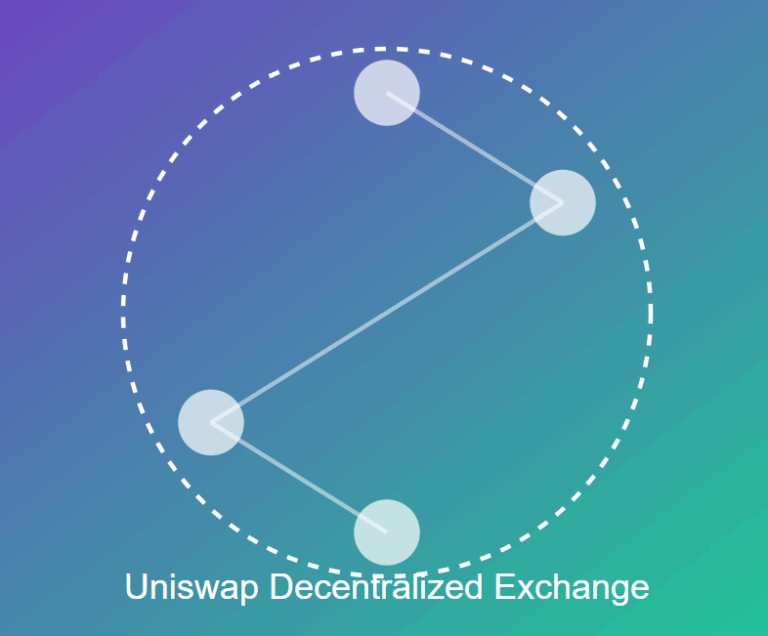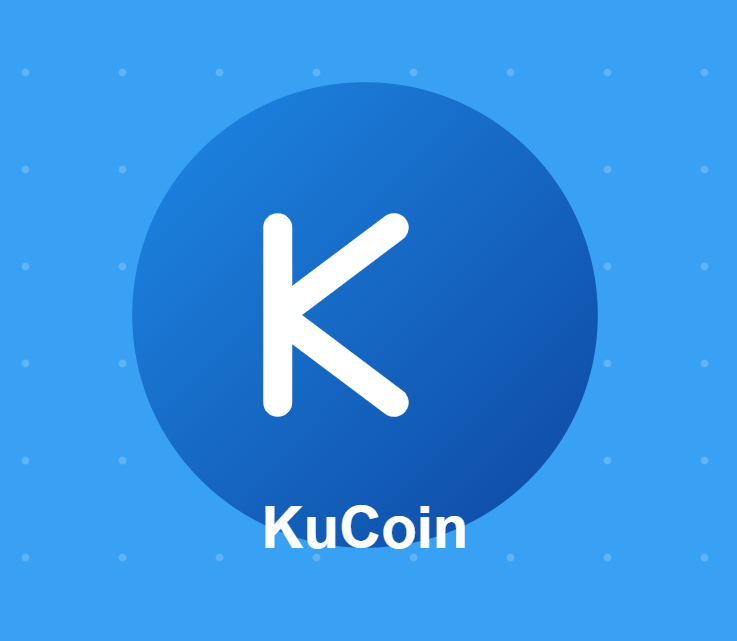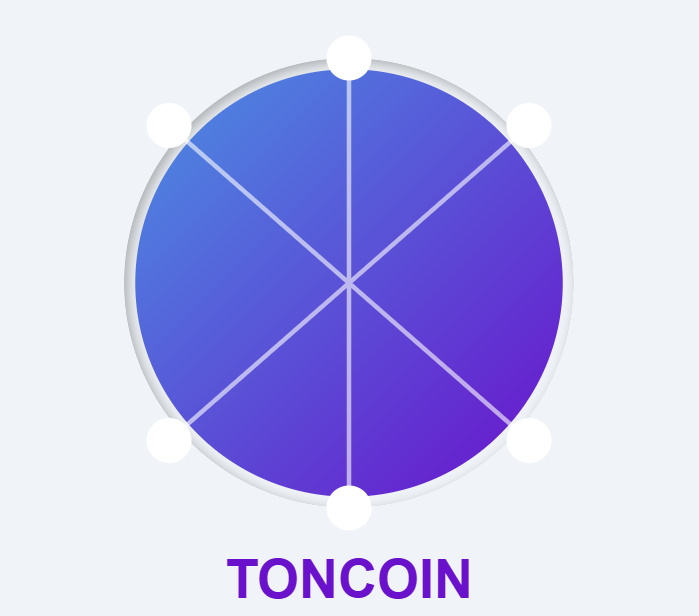
Filecoin
In the era of big data and digital transformation, the importance of efficient, secure, and accessible data storage has never been greater. Traditional data storage solutions, which rely heavily on centralized cloud service providers such as Amazon Web Services, Google Cloud, and Microsoft Azure, have raised significant concerns over cost, scalability, data sovereignty, and privacy. As the world increasingly seeks decentralized alternatives, one technology stands out in the decentralized storage ecosystem: Filecoin.
Filecoin is a decentralized storage network built on blockchain technology. It allows users to rent out spare storage space on their computers and, in turn, enables other users to store their data securely and efficiently. Created by Protocol Labs, Filecoin leverages its own native cryptocurrency (FIL) to incentivize a distributed network of participants. This article provides a comprehensive overview of Filecoin, including its architecture, benefits, use cases, challenges, and its broader implications for the future of the internet.
Origins and Vision of Filecoin
Filecoin was developed by Protocol Labs, a research, development, and deployment lab focused on improving internet infrastructure. Protocol Labs is also the creator of the InterPlanetary File System (IPFS), a peer-to-peer hypermedia protocol designed to make the web faster, safer, and more open.
IPFS and Filecoin are closely connected. IPFS addresses the inefficiencies of the traditional HTTP-based web by enabling content-based addressing, where users retrieve files based on their contents rather than their location. Filecoin builds on this by adding an incentive layer, creating a robust market for storage. It aims to establish a decentralized storage network that can outperform traditional centralized cloud providers in cost-efficiency, reliability, and censorship resistance.
How Filecoin Works
Filecoin utilizes blockchain technology and a novel combination of cryptographic proofs to verify the storage of data. Here’s a high-level overview of how the system functions:
- Storage Clients and Providers: Users who want to store data become storage clients. Those with available disk space become storage providers (also known as miners). Clients pay FIL tokens to providers to store their data.
- Proof-of-Replication (PoRep): This cryptographic proof ensures that a provider has actually stored a unique copy of the data.
- Proof-of-Spacetime (PoSt): This proves that the provider continues to store the data over time.
- Smart Contracts and Deals: Clients and providers enter into smart contracts (called storage deals), which specify the terms of storage (duration, size, cost, etc.). These deals are recorded on the Filecoin blockchain.
- Retrieval: When a user wants to retrieve their data, they pay a retrieval miner who is responsible for delivering the data quickly.
This structure enables a trustless environment where the integrity and availability of data can be cryptographically verified without the need for centralized intermediaries.
The Filecoin Token (FIL)
FIL is the native cryptocurrency of the Filecoin network. It is used to pay for storage, retrieval, and other services within the ecosystem. The token also serves as collateral for miners, ensuring honest behavior.
The initial coin offering (ICO) of Filecoin in 2017 raised over $250 million, making it one of the largest token sales at the time. The supply of FIL is capped, and its distribution includes allocations for mining rewards, Protocol Labs, the Filecoin Foundation, and investors.
FIL has multiple utility roles:
- Storage payments
- Retrieval payments
- Collateral for miners
- Incentives for network participation
Benefits of Filecoin
- Decentralization: Eliminates single points of failure and reduces dependency on centralized providers.
- Cost Efficiency: Competitive marketplace for storage leads to potentially lower costs.
- Censorship Resistance: Data is distributed globally, making it harder to censor.
- Transparency and Verifiability: Blockchain records all transactions, and cryptographic proofs verify storage claims.
- Redundancy and Reliability: Data is often stored in multiple locations, increasing durability.
Use Cases
Filecoin is well-suited to a wide array of applications across different sectors:
- Archival Storage: Governments, libraries, and institutions can store large archives safely.
- Scientific Data: Researchers can store vast datasets in a decentralized, verifiable way.
- Media Hosting: Content creators and media companies can store and distribute their work without relying on centralized platforms.
- Web3 Applications: Decentralized applications (dApps) can use Filecoin to store user-generated content, NFTs, and more.
- Disaster Recovery: Backup systems can leverage Filecoin for offsite data replication.
Challenges and Limitations
While Filecoin offers many advantages, it also faces several challenges:
- Onboarding Complexity: Setting up a storage node requires significant technical expertise and resources.
- Market Volatility: FIL’s price fluctuations can impact the economic stability of the network.
- Data Availability: Retrieval miners are still developing; thus, data availability may vary.
- Regulatory Concerns: Governments might impose regulations on decentralized storage networks.
- Latency: Due to its decentralized nature, data retrieval might be slower than traditional cloud services in certain cases.
The Role of Filecoin in the Web3 Ecosystem
Filecoin is a critical component of the Web3 stack—the next generation of the internet focused on decentralization, data ownership, and censorship resistance. Its integration with IPFS makes it a foundational layer for decentralized websites, apps, and services.
As more projects seek decentralized alternatives to traditional cloud storage, Filecoin’s ecosystem has expanded to include bridges to Ethereum and other blockchains, DeFi applications, NFT storage, and collaborations with major blockchain platforms. Tools like Powergate and Textile provide developer-friendly APIs, further easing the development of applications on top of Filecoin.
Filecoin Plus (Fil+) and the Notary System
To promote high-quality storage, Filecoin introduced the Filecoin Plus (Fil+) program. Under this system, verified clients can receive storage at reduced costs by working with “notaries” who verify their identity and purpose. This incentivizes storage of valuable, real-world data, helping to build trust and utility in the network.
Adoption and Partnerships
Filecoin has seen growing adoption and partnerships with various organizations. Notable examples include:
- Internet Archive: Working to preserve digital history using Filecoin.
- Starling Lab: A project focused on the secure preservation of sensitive historical records.
- Chainlink: Integrating Filecoin with decentralized oracle services.
- Brave: The privacy-focused browser is exploring decentralized web hosting with Filecoin.
Future Prospects
As the demand for secure, affordable, and censorship-resistant storage grows, Filecoin’s role in the digital economy is poised to expand. Upcoming developments include:
- Decentralized Compute: Combining storage with compute to enable full-stack decentralized services.
- Improved Retrieval Market: Enhancing retrieval speeds and accessibility.
- Interoperability: Greater integration with other blockchain ecosystems.
- Scalability Enhancements: Making the network more efficient and user-friendly.
Filecoin’s vision aligns with a broader movement toward democratizing access to information infrastructure, empowering users and developers to build a truly decentralized web.
Decentralized Storage vs. Traditional Cloud: A Comparative Analysis
To better understand the potential of Filecoin, it is crucial to compare it directly with traditional cloud storage services, which still dominate the global data storage market.
1. Centralization vs. Decentralization
Traditional cloud providers maintain centralized data centers that store and manage user data. While efficient in certain aspects, these centralized models are vulnerable to systemic failures, data breaches, and government overreach. In contrast, Filecoin’s decentralized architecture distributes data across a global network of independent storage providers. This decentralization mitigates risks associated with single points of failure and enhances data resilience.
2. Cost Structure
Cloud providers often have opaque pricing models that include egress fees (costs associated with downloading data), storage tiers, and usage limitations. Filecoin’s marketplace approach introduces transparent, competitive pricing. Clients can select providers based on performance, cost, and reputation, often leading to better deals, especially for long-term or archival storage.
3. Privacy and Control
With traditional storage, users must trust providers to safeguard their data. These providers often maintain access and can share data with third parties or comply with government subpoenas. In contrast, Filecoin encrypts and stores data across various nodes, giving users greater control and ensuring that providers cannot access the contents of stored files without authorization.
4. Global Accessibility
Cloud data centers are primarily located in certain regions, resulting in uneven service delivery. Filecoin’s decentralized model allows storage providers from anywhere in the world to participate, thereby creating a more distributed and inclusive infrastructure that can serve users in less developed or censored regions.
Filecoin Virtual Machine (FVM)
A significant leap in the Filecoin ecosystem is the introduction of the Filecoin Virtual Machine (FVM). This innovation brings smart contract functionality to the Filecoin network, enabling developers to build decentralized applications (dApps) natively on Filecoin.
Before FVM, smart contracts and programmability were largely limited to networks like Ethereum. With FVM, Filecoin becomes more than just storage—it transforms into a programmable layer for data-centric applications.
Key capabilities include:
-
Automated Storage Deals: Smart contracts can automatically negotiate, initiate, and renew storage contracts.
-
Data DAOs (Decentralized Autonomous Organizations): Communities can manage datasets collaboratively and transparently.
-
Incentivized Data Sharing: Researchers and developers can create marketplaces for scientific, environmental, or health data with built-in incentives.
-
Cross-Chain Interoperability: FVM supports bridges and messaging protocols with Ethereum and other chains, enabling multi-chain applications that can use Filecoin for storage.
This evolution positions Filecoin as a critical infrastructure layer in the decentralized application stack, opening up new realms of use cases and economic activity.
Sustainability and Green Initiatives
A common criticism of blockchain networks is their environmental footprint. Filecoin addresses this by focusing on energy-efficient consensus mechanisms and supporting initiatives for sustainable data storage.
Many Filecoin storage providers use renewable energy to power their infrastructure, and there are incentives for energy-efficient operations. Furthermore, the Filecoin Green initiative aims to make Filecoin the most sustainable blockchain network by:
-
Partnering with renewable energy verification providers
-
Funding carbon offset projects
-
Encouraging transparent reporting on energy usage
By integrating sustainability into its core mission, Filecoin seeks to prove that blockchain technology can scale without compromising environmental responsibility.
Filecoin Saturn: Accelerating Content Delivery
One of the current development efforts within the Filecoin ecosystem is Filecoin Saturn, a decentralized Content Delivery Network (CDN) designed to make retrievals faster and more efficient.
Saturn works by creating a network of nodes that cache and deliver content close to users. Unlike traditional CDNs, which are owned and operated by centralized entities, Saturn incentivizes anyone with internet bandwidth and computing resources to participate.
With Saturn, Filecoin aims to tackle one of the remaining challenges of decentralized storage: retrieval latency. If successful, this could position Filecoin as a serious alternative not just to storage providers like Amazon S3 but also to CDNs like Cloudflare and Akamai.
Developer Ecosystem and Tooling
For a decentralized platform to achieve mass adoption, a vibrant developer ecosystem is essential. Filecoin has invested significantly in this area, offering grants, hackathons, and development tools to attract and support builders.
Notable development tools include:
-
Powergate: An API layer that makes integrating Filecoin with existing applications easier.
-
Estuary: A platform for uploading, pinning, and managing IPFS and Filecoin content.
-
Lotus and Forest: Implementations of the Filecoin protocol for node operation and network participation.
Additionally, Hackathons like HackFS and partnerships with platforms such as Gitcoin have led to hundreds of innovative projects in gaming, media, healthcare, and more being built on Filecoin.
Community Governance and the Filecoin Foundation
Governance is a key aspect of decentralized systems. Filecoin governance is spearheaded by the Filecoin Foundation, a non-profit organization responsible for stewarding the network’s development, community, and ecosystem.
The foundation facilitates:
-
Research funding
-
Protocol development
-
Community engagement
-
Legal and policy advocacy
This community-first approach ensures that Filecoin evolves in a direction aligned with the interests of developers, users, researchers, and storage providers.
Security Considerations
Security is foundational to any data platform, and Filecoin incorporates multiple layers of protection:
-
Cryptographic Proofs: PoRep and PoSt ensure that data is stored and maintained correctly.
-
Encryption: Clients can encrypt data before uploading, ensuring content privacy even on public networks.
-
Slashing and Collateral: Dishonest storage providers face penalties, including the loss of their staked FIL.
-
Audits and Bug Bounties: Filecoin encourages third-party audits and offers bounties to white-hat hackers for discovering vulnerabilities.
As Filecoin grows in scale and adoption, maintaining robust security will remain a top priority.
Integration with Artificial Intelligence and Machine Learning
As artificial intelligence and machine learning grow in importance, so does the need for vast and reliable storage of training data. Filecoin can play a transformative role here by:
-
Providing long-term, affordable storage of massive datasets
-
Enabling collaborative AI training on decentralized infrastructure
-
Ensuring data lineage and auditability for AI governance
Projects are already experimenting with combining Filecoin’s data layer with decentralized compute to build trustworthy and transparent AI pipelines.
Vision for the Next Decade
Filecoin’s roadmap extends far beyond storage. Its vision encompasses a fully decentralized infrastructure stack where storage, compute, networking, and identity are all modular, open-source, and community-driven.
Looking ahead, the Filecoin ecosystem aspires to:
-
Store zettabytes of data (1 zettabyte = 1 billion terabytes)
-
Become the default storage layer for Web3
-
Host the world’s most important public data securely and permanently
-
Empower global communities to own and control their digital futures
This vision requires collaboration across industries, cultures, and disciplines—but Filecoin’s technological foundation makes it one of the most credible platforms to achieve it.
Conclusion
Filecoin represents a bold step toward reshaping the internet’s data infrastructure. By harnessing the principles of blockchain and decentralization, it offers a viable alternative to the traditional cloud oligopoly. Despite challenges, the potential benefits of Filecoin—enhanced privacy, lower costs, global accessibility, and resistance to censorship—make it a cornerstone of the emerging Web3 ecosystem.
As adoption grows and technology matures, Filecoin could become a key player not only in decentralized storage but also in how we conceive digital trust, ownership, and infrastructure in the 21st century.



